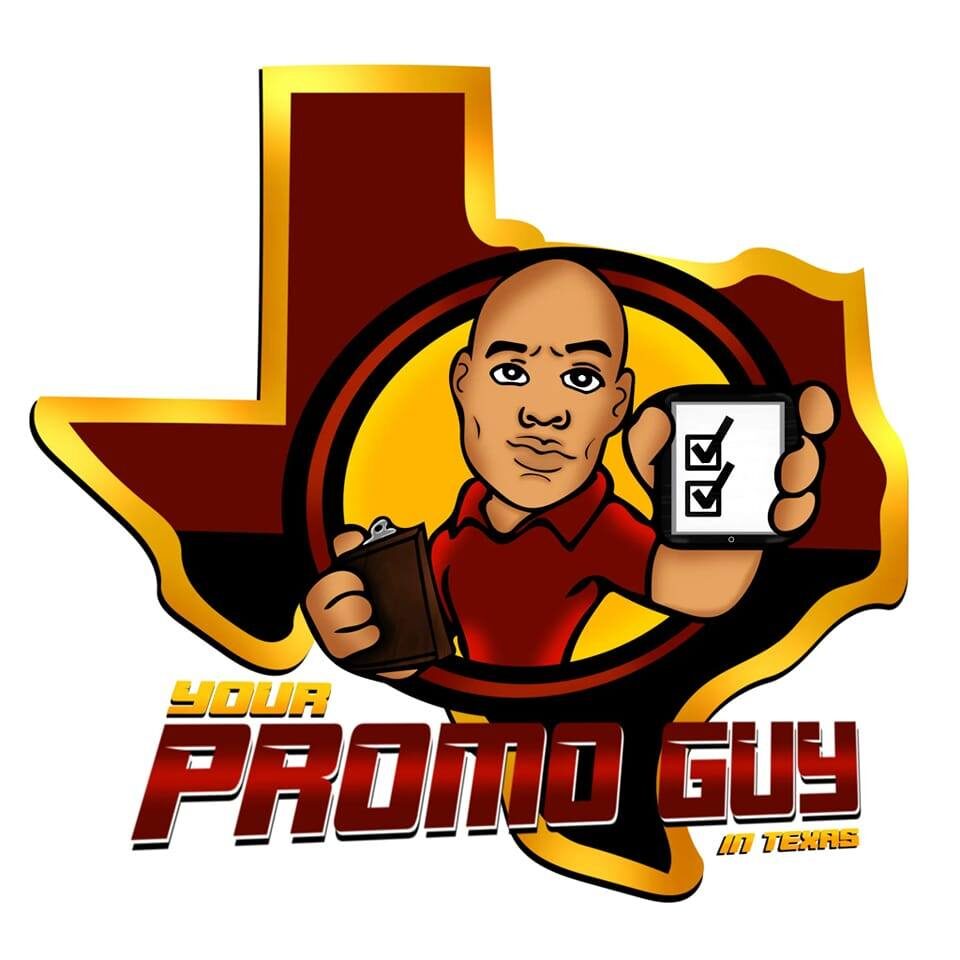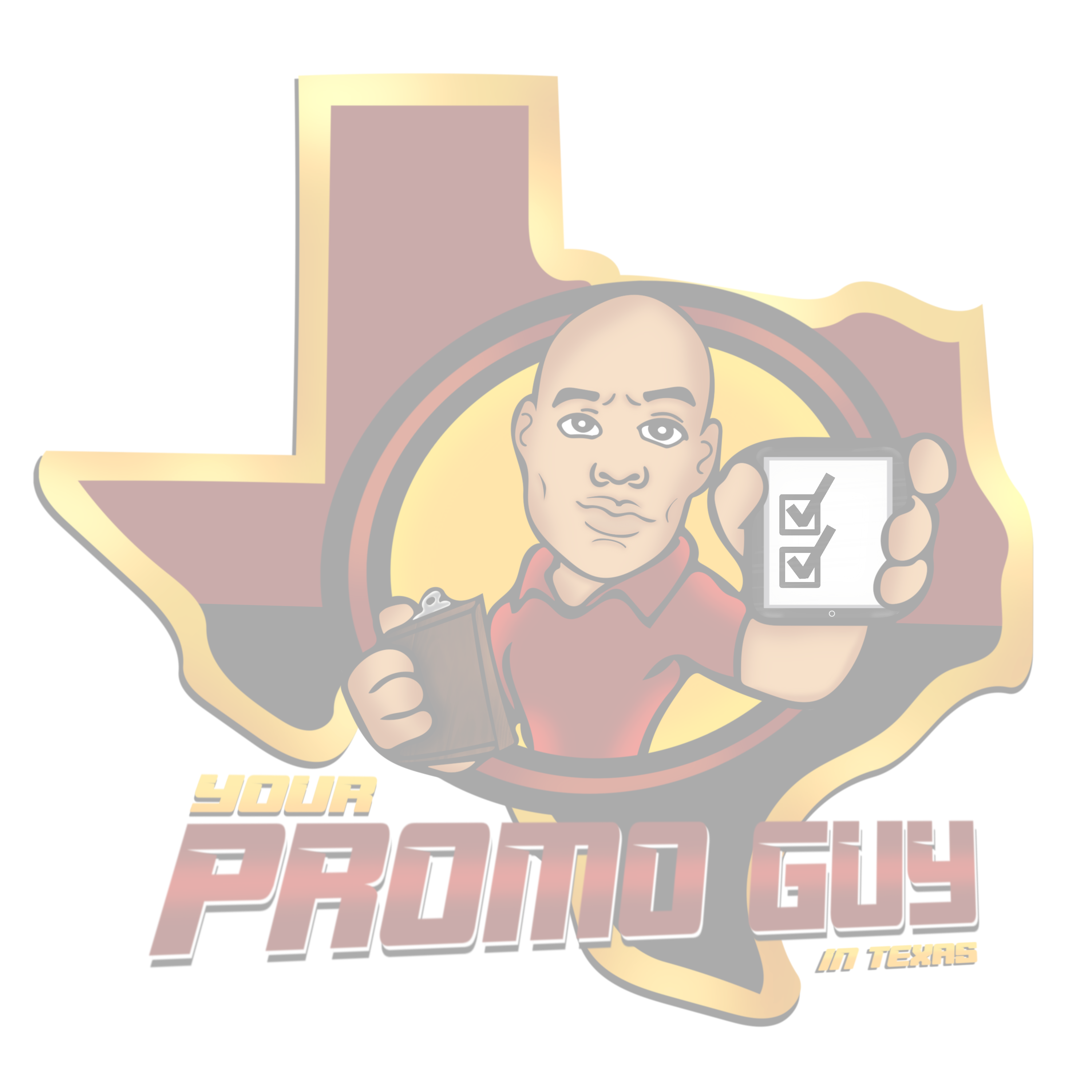
Funnels are one of the most common marketing methods online. But did you know that there are multiple types of funnels?
If you aren’t sure what they are, how they work or what these different funnels are supposed to do, let me help.
Marketing funnels is a general term used to describe all the other funnels used for marketing purpose. The funnel is a verbal illustration showing how the lead is taken from a broad range of information (at the mouth of the funnel) to a purchase point (the tip of the funnel).
What happens in between varies greatly depending on which type of funnel you create.
Let me explain the difference between:
- Checkout funnels
- Sales funnels (also called opt-in funnels or freebie funnels)
- Content funnels
#1 – Checkout Funnels
These are one of my favorite types of funnels because they are highly profitable. Checkout funnels – as the name implies – take place during checkout. These are sometimes referred to as cart funnels.
You start buy creating a sales page for the product/service you want to sell. Here’s an example from my site for Storytelling Templates for Marketing.

The customer clicks the buy button to enter the shopping cart/checkout process. Next, s/he sees the section of the cart where they enter credit card and other details.
Here’s step two of the checkout funnel. Before they get to the payment information, an offer is displayed. Details are in the sidebar. All the customer has to do is check the Special Offer box and it automatically adds the Storytelling That Sells course for $58.20 (normally $97).
So easy for the customer to do!
And – poof! – I’ve more than tripled the amount of the sale from the original $25 to $83.20.
But there’s one more option for the customer before they leave. This is the last step in the funnel.

It offers another related product – a set of promotional email templates – at a discount.
The customer simply clicks the link and this item is also added to the order.
So easy for the customer because the payment process all takes place with a single transaction. So, by the time the customer has gone through the entire checkout funnel, the $25 purchase has turned into a $97.20 purchase.
Most shopping carts have the ability to insert at least one upsell. Checkout funnels are a simple and easy way to earn more passively.
#2 – Opt-In Funnels [aka Freebie Funnel]
Originally, sales funnels were created to attract subscribers to your list. This is still a common practice today. Typically, you offer a person who has come to your blog or website the opportunity to provide you with their email address in exchange for a free download. That could be a report, a checklist, a free chapter of a book, etc.
The intent is to give the lead a chance to get to know you by emailing them the freebie then also following up with a series of emails designed to nurture them. This allows the prospect time to build trust in you before they make a purchase.
Here are two excellent examples.
Download your…
Time-Tested, Proven Marketing Strategies
That Actually Work
A handy checklist set that helps you drive traffic, make more money & spend less time doing it.

I understand that I will also receive weekly articles & videos plus periodic discounts, product notices & more. I can unsubscribe at any time.
Build and sustain your business without sacrificing your personal life or draining your energy.
This offering from Sue Painter offers private content that is only available when people subscribe to her list.
The opt-in landing page is pictured here.
And below is the confirmation page.


Another great example is from Cindy Bidar for 51 Opt-In Incentive Ideas That Convert.

And here’s the confirmation (and, in this case, upsell) page.

While many of these funnels do still work, they have begun to hit a roadblock. More and more frequently, people don’t want to hand over their emails before they know you. They’d rather wait until they are well acquainted before giving you permission to fill up their inboxes.
Because opt-in funnels depend on “gated” content, the response to many opt-in funnels has started to decrease. Just keep that in mind if you decide to try this type of funnel.
You don’t want a to hand out your freebie to people who will immediately unsubscribe or who use temporary emails that expire after 24 hours.
#3 – Content Funnels
While some opt-in funnels may be struggling because of gated content, content funnels are on the rise. These funnels use freely available content to attract just the right people to your business.
According to a wonderful article at Metadata.io, gated content is put in place only to benefit the company. While ungated content is used for the customer/lead.
Gated content also *might* lead to sales long-term. But ungated content (if used properly) can lead to immediate sales. And what is your primary goal as a business? To make money. Otherwise… no more business.
So, switch things up! Instead of focusing on getting leads first and foremost, take one step to the right and focus on the dual goal of getting sales that add actual buyers to your list.
That means using content marketing funnels instead of or in addition to the other funnels you have in place.
What’s Involved with Content Funnels?
As opposed to other types of funnels, content funnels have very little tech involved. It’s a matter of moving people through ungated content (such as blog posts, videos, podcast episodes, etc.). This is an excellent way to help them consume more of your content without having to hand over their email addresses first.
Here's an example of one of mine that starts with being found on SEO. This is just one of many ways to start a content funnel.

Searchers click to my blog where they find the post.

People can get to know you at their leisure as they click from one piece of content to the next. Then, as they come across links to your products/services they will buy.
“But I’ve always been told I needed to grow my list. Do everything to grow my list!”
You do. But what good is a list full of people who never purchase anything?
Yes. You’ll have fewer leads that subscribe to your list when using content funnels. But (1) these people will be proven buyers, not freebie-seekers, and (2) they will have a much higher probability of sticking with you as a customer which means a higher lifetime value.
And, in the end, a business is about making money. Without it, we’d all have to close our virtual doors.















